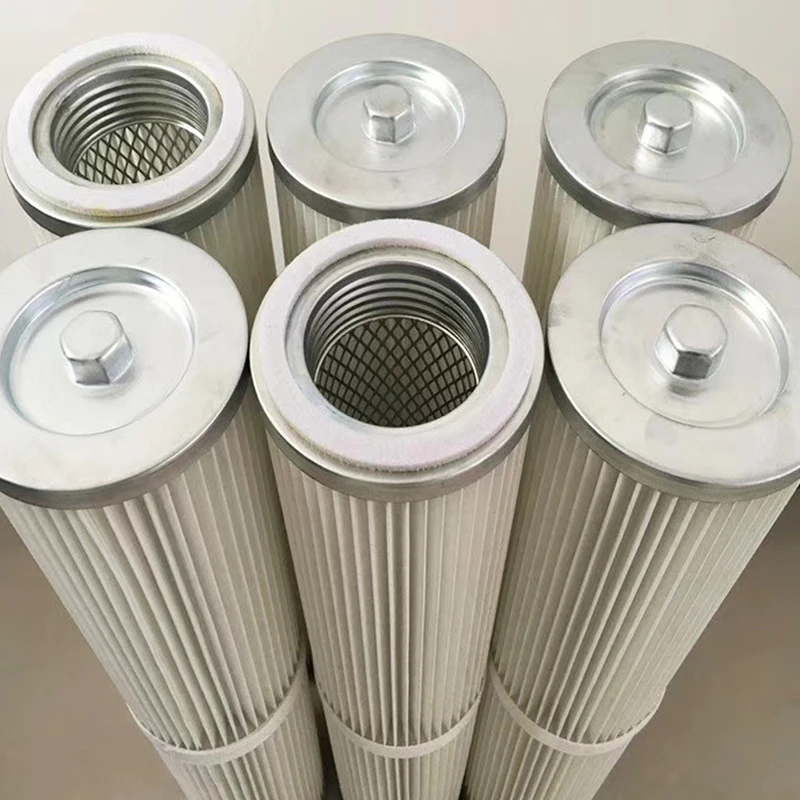 Tel:
+8615930870079
Tel:
+8615930870079
Oct . 13, 2024 08:32 Back to list
Effective Sintered Stainless Steel Filter Cartridges for Enhanced Filtration Solutions
Understanding Sintered Stainless Steel Filter Cartridges
Sintered stainless steel filter cartridges are a vital component in various filtration applications across numerous industries. Their unique structure and properties make them ideal for removing contaminants from liquids and gases while maintaining high flow rates and ensuring durability. This article delves into the characteristics, manufacturing process, applications, and benefits of sintered stainless steel filter cartridges.
What Are Sintered Stainless Steel Filter Cartridges?
Sintered stainless steel filters are designed using a process called sintering, where stainless steel powder is heated to a temperature below its melting point. During this process, the particles bond together, forming a porous structure with controlled pore size and distribution. The resulting filter cartridges provide an exceptional balance between strength, density, and filtration efficiency.
Key Features
1. High Temperature Resistance Sintered stainless steel can withstand high temperatures, making these filters suitable for applications involving hot liquids or gases. 2. Corrosion Resistance Made from stainless steel, these cartridges are resistant to rust and corrosion, which is vital in aggressive environments where chemical exposure is common. 3. Mechanical Strength Sintered metal structures exhibit superior mechanical strength compared to traditional filter media. They can operate under high pressure without compromising performance.
4. Uniform Pore Distribution The sintering process allows for precise control over pore size and distribution, providing consistent filtration efficiency and performance.
5. Reusability These filters can typically be cleaned and reused multiple times, making them a cost-effective solution in many applications.
Manufacturing Process
sintered ss filter cartridges

The manufacturing of sintered stainless steel filter cartridges involves several steps
1. Powder Selection High-quality stainless steel powder is selected based on desired filtration characteristics. 2. Compaction The powder is compacted into the desired shape of the filter cartridge using a die. This process establishes the basic form before sintering. 3. Sintering The compacted powder is heated in a controlled atmosphere furnace. The temperature and time of this process are carefully monitored to achieve the desired porosity and density.
4. Post-Processing After sintering, the cartridges may undergo additional processes such as machining, surface treatment, or coating to enhance their performance and longevity.
Applications
Sintered stainless steel filter cartridges find applications in various sectors, including
- Chemical Processing In industries dealing with corrosive chemicals, these filters provide robust filtration solutions while resisting chemical attacks. - Food and Beverage The sanitary qualities of stainless steel make these filters suitable for food and beverage applications, ensuring product safety and quality. - Pharmaceuticals These filters are crucial in maintaining sterile environments and ensuring the purity of pharmaceutical products. - Oil and Gas In the oil and gas industry, sintered stainless steel filters are used to remove particulates from process streams, improving efficiency and equipment longevity.
- Water Treatment Sintered filters play a significant role in municipal and industrial water treatment applications, ensuring clean and safe water supplies.
Conclusion
Sintered stainless steel filter cartridges represent a blend of advanced engineering and material science, offering unparalleled filtration performance across various industries. Their ability to withstand extreme environments, combined with their reliability and efficiency, makes them a top choice for filtration needs. As industries continue to demand higher standards for filtration solutions, sintered stainless steel filters will likely play an increasingly significant role in ensuring quality and safety in products and processes alike. Whether for industrial applications or sanitation purposes, these filters continue to prove their worth in today's demanding environments.
-
Nano Fiber Technology: Revolutionizing Cartridge Dust Collector FiltersNewsAug.06,2025
-
How Activated Carbon Air Cartridges Eliminate OdorsNewsAug.06,2025
-
Dust Filter Cartridge Handling Fine Particulate MatterNewsAug.06,2025
-
Cartridge Dust Collector Filter for Welding Fume ExtractionNewsAug.06,2025
-
Activated Carbon Filter Cartridge Effectiveness Against VOCsNewsAug.06,2025
-
Activated Carbon Air Filter Cartridge Benefits ExplainedNewsAug.06,2025

 Email:
Email:





